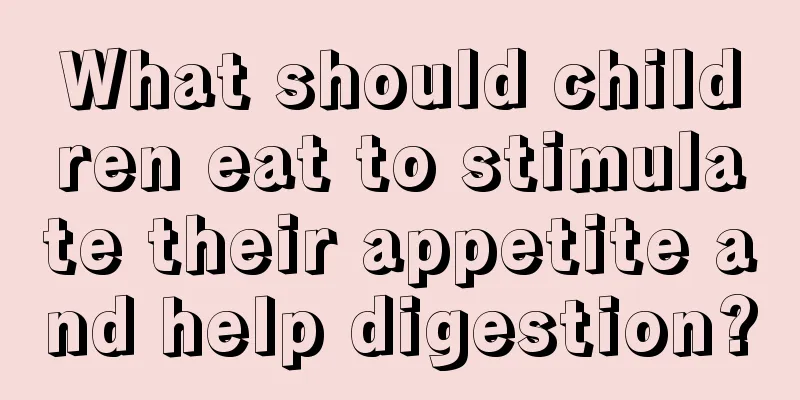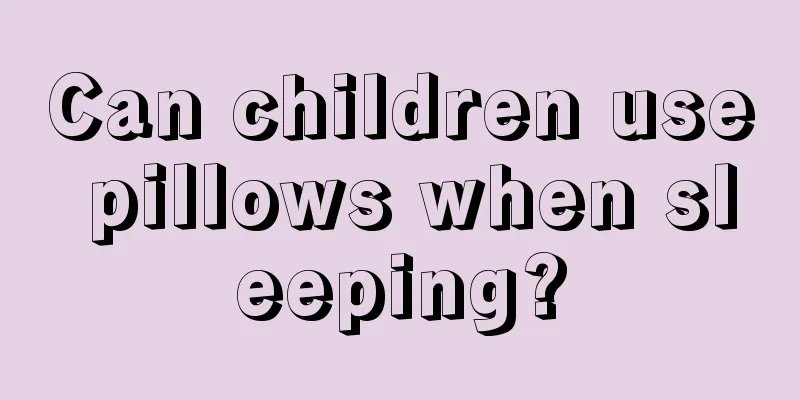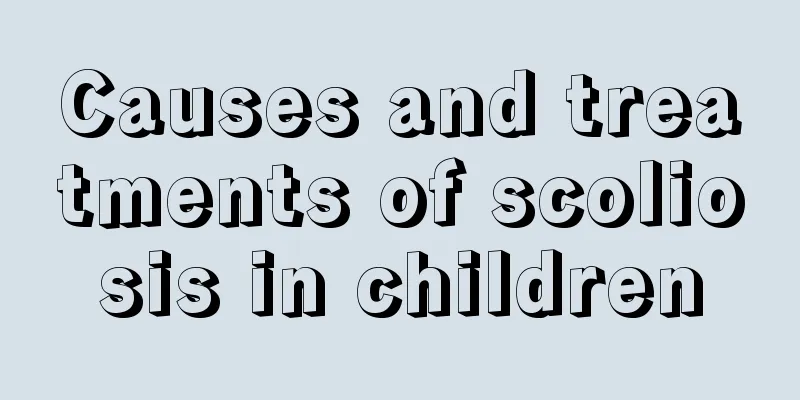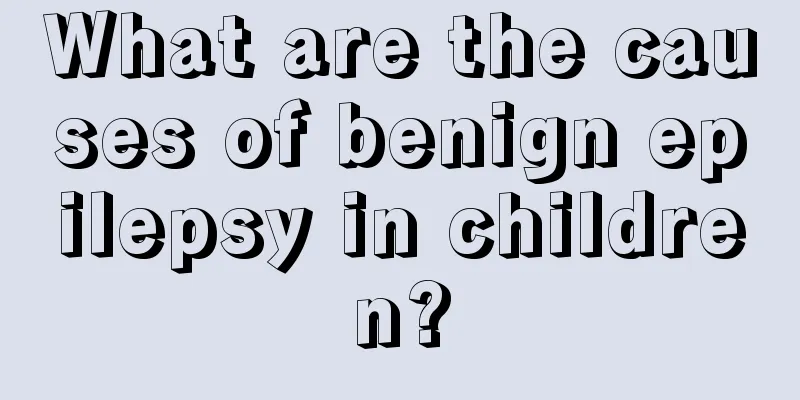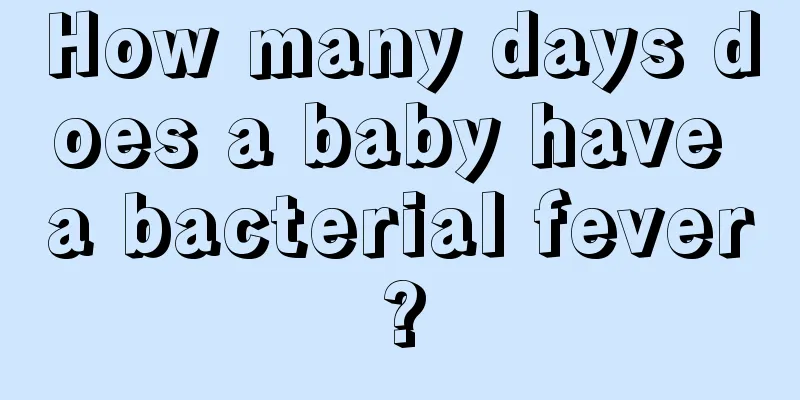Sequelae of febrile seizures in children
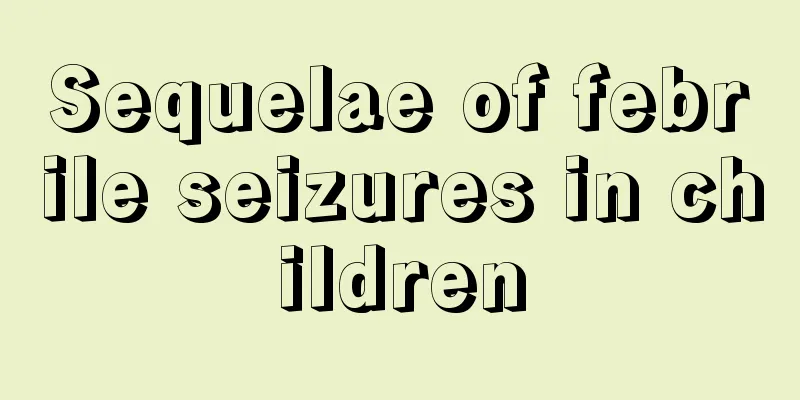
|
It is very common for children to have high fever convulsions. Because children's physical fitness is relatively low, they will show symptoms of illness if they are not careful. At this time, they need to pay attention to timely treatment, otherwise it will cause great harm to their brain development, and even sequelae such as meningitis, which is quite serious. Are there sequelae of high fever convulsions in children? Fever is a common symptom of many diseases, so a comprehensive investigation and analysis of patients with fever is required to identify the cause. Generally, it should be carried out from the following aspects. (I) Collect medical history in detail and accurately, paying attention to age, season of onset, epidemiological history, history of contact with infectious diseases, vaccination history, acuteness of onset, duration of illness, fever type and major accompanying symptoms. Newborns may have dehydration fever. Infants and young children in the south may suffer from heatstroke during the extremely hot summer. In winter and spring, respiratory infections, epidemic meningitis, and measles are common; in summer and autumn, acute enteritis, bacillary dysentery, Japanese encephalitis, and typhoid are common. Infectious diseases often have an epidemiological history, and contact history should be carefully inquired about. Pediatric respiratory tract infections and acute infectious diseases often have an acute onset and a short course. Tuberculosis, typhoid fever, blood diseases, rheumatic fever, heat syndrome, bacterial endocarditis, etc. have a slower onset and a longer course, often exceeding two weeks. Sepsis, acute miliary tuberculosis, deep abscesses, etc. present as remittent fever; typhoid, paratyphoid, and typhus present as prolonged fever; malaria presents as intermittent fever; leukemia, connective tissue diseases, malignant tumors, etc. have different fever types and no definite pattern. Fever type is very important for the diagnosis of fever before special medication such as antibiotics and corticosteroids are used for treatment, but it has less diagnostic value for infants and newborns. When asking about fever, pay attention to the specific clinical manifestations of each system, such as cough and shortness of breath that are common in respiratory tract infections. Gastrointestinal infections often cause nausea, vomiting, abdominal pain, and diarrhea. Urinary tract infection causes symptoms such as frequent urination, urgency, and pain when urinating. Central nervous system diseases often include vomiting, convulsions, coma, etc. Fever with jaundice is often caused by bacterial or viral inflammation of the liver, or tumors; fever with excessive sweating is often caused by connective tissue diseases, sepsis, etc.; fever with chills is often caused by bacterial infections such as sepsis, deep abscesses, etc. For patients without obvious specific clinical manifestations and signs in the early stage, typhoid fever, sepsis, tuberculosis, etc. should be considered based on the medical history. (II) Comprehensive and careful physical examination The examination should be detailed and comprehensive, combined with the medical history and symptoms, and then further examination should be conducted. Pathological changes in the oral cavity are common in many children with fever. For example, in tonsillitis, the tonsils may be red and swollen or have purulent secretions; in herpetic pharyngitis, herpes and ulcers may be seen in the pharynx and other places; in the early stages of measles, there are Koplik spots on the buccal mucosa; in diphtheria, white pseudomembranes may be seen in the pharynx and tonsils. |
<<: What to do if the child has no resistance
>>: Can children use mouthwash?
Recommend
Can children’s myopia be cured? The correct method is effective!
The myopia problem in children is a matter of gre...
What should I do if my child has a persistent fever?
In many cases, children's fever will not go a...
What to do if the baby falls off the bed
Babies have very irregular daily routines. Even i...
How can babies eat shrimp to supplement calcium
For babies, their daily eating habits are actuall...
What are the methods to correct hunchback in children?
Hunchback is a common phenomenon in life, and the...
Can children really eat red dates?
Red dates are very good for the human body. Red d...
What causes breast lumps in little girls?
When a girl's body is developing, her hormone...
Eight month old baby vomiting
Every change in the baby after birth is watched b...
What should I do if my child likes to toss and turn when sleeping?
I believe many mothers have encountered the situa...
What to do if your child eats plasticine
Children love to play with toys in their lives, b...
What to do with pseudomyopia in adolescents
Pseudomyopia in adolescents is a common disease, ...
The relationship between children's "three measurements" and physical health
Of course, parents don’t want their children to g...
A Basic Guide to Formula Feeding Newborns
In our lives, many mothers' breast milk is no...
White pimples on baby's neck
I don’t know if some mothers have found that thei...
How to treat a child who walks with a crooked foot?
Normally, parents who observe their babies carefu...
